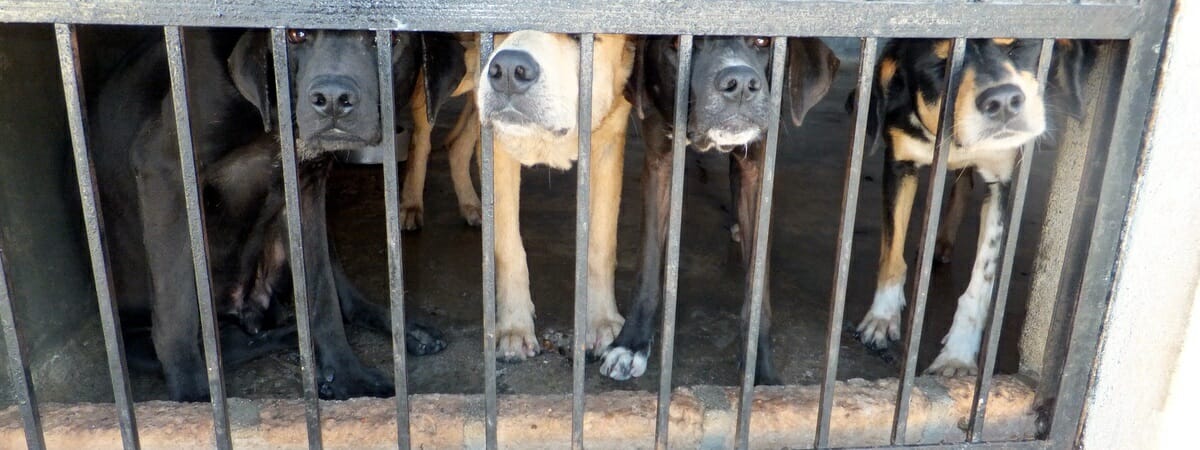By Celia Strong
Of course. After doing several white wines over the last couple of week, it is now a red’s turn. Not going to be a hard week’s lesson, though, because we are going to do a red wine from the same producer as one of our recent whites. And, that means, we get to review a few things, as they pertain to this wine, but it’s not like we have a whole bunch of new things we have to learn before we get to start our tasting. Truthfully the only thing we can’t miss paying attention to this week is our grape variety.
Mourvèdre is it. Under this name, this variety is used in the Rhône and Provence areas of France. And the United States and Australia. Under other names, Mataró and Monastrell, it is grown in Spain. We’ll be using Monastrell because that’s the name on our wine’s label. Monastrell wines tend to have strong tannins and higher alcohol levels. It can be difficult to grow – it likes hot weather, vines facing the sun, and damp roots. It lives with fewer leaves on its vines. With irrigation, it can make intensely fruity wines. But, with all the damp soil around its vines, mold and mildew can be problems. These vines bud early and ripen early. It also has a very short window for harvesting because one extra day too much on the vines can totally change the fruitiness to pruniness. These grapes’ skins are full of phenolic compounds so the wines are deep colored and dark. The wines tend to run about 13% alcohol to avoid weak and herbaceous flavors. The wines, also, tend to oxidize easily, so long term aging is not common.
In Spain, Monastrell is their fourth most planted red variety. About 155,000 acres of it. Especially in eastern Spain. Monastrell is the main grape used in several DOs – Jumilla, Yecla, Valencia, Almansa and Alicante. It is used in other DOs, including sparkling Cava wines, but only in small doses. Jumilla, located southeast of Madrid, close to the eastern coast of Spain, is part of the larger Murcia region, and has a dry warm climate with rich limestone soil. Perfect for holding the moisture these grapes need. In the last 25 years, with more understanding of this variety, Spanish producers have been able to make much better Monastrell wines. Never overly expensive, but definitely good quality, good with food wines that are affordable for every day. Perfect for us.
So what about Monsatrell flavors? The aromas are black fruits, some herbs, (like thyme) and meat. Its main fruit flavors are blueberry, plum and blackberry. But it also has black pepper, roses and violets, smoke, gravel or granite, and a kind of meat or bacon presence. Usually, the wines are aged in oak. When you first taste a Monastrell, you get a full bodied, meaty, sometimes chewy texture. It seems there is a feeling in the wine world that Monastrell (and Mourvèdre also) wines are susceptible to reduction in their bottles. This does not mean it shrinks and you get less. (Relieved?) It is a process that involves changes in the wine, due to some oxidation, that diminishes some flavors and augments others. A change in flavors – not a change in quality. And definitely still drinkable and lovable.
Monastrell wines, because they are fuller bodied, pair well with rich, heavy foods. Lots of meats – beef, short ribs, pork shoulder, lamb, rabbit, sausage, veal. Game birds. Venison. All of these stewed or braised or grilled. Seasoned with thyme, lavender and rosemary. Lentils, mushrooms, strong cheeses. Bacon, tomatoes, garlic, saffron, paprika. Strong flavors with a slight peppery spiciness.
Finally, now, our wine. The Lo Nuevo Vilata Monastrell Syrah. Hopefully you remember some of what we learned about Lo Nuevo wines a couples of weeks ago? Lo Nuevo means “the new” and refers to this producer’s vision of new, modern style wines coming from Spain’s historic areas and grapes. The winery is made up of some very old stone buildings. Many of these were used for protection during storms by vineyard workers. “Vilata” was the name of one of these shelters and is now the name of our wine also. At Lo Nuevo they even feel this name has a lyrical sound to it.
Vilata is 85% Monastrell and 15% Syrah. It has intense color. Its aromas of earth and hibiscus flowers start to be noticeable within hours of fermentation. Then cinnamon and clove spice come out. Yum! It has layers of other aromas and flavors too. Dark black and red fruits (blackberry, raspberry, black cherry) and blueberries. The Syrah adds in a portion of earth and plum and herbal flavors. More rustic than the Monastrell, but a great balance. This wine is such a great surprise. Plenty of fruit flavors for those of us who love New World style, earthiness for Old World fans. A complexity of flavors and textures to keep us all sipping. More. And, then, there’s the price. $9.97. Lucky us. Now it’s red’s turn. Enjoy.



